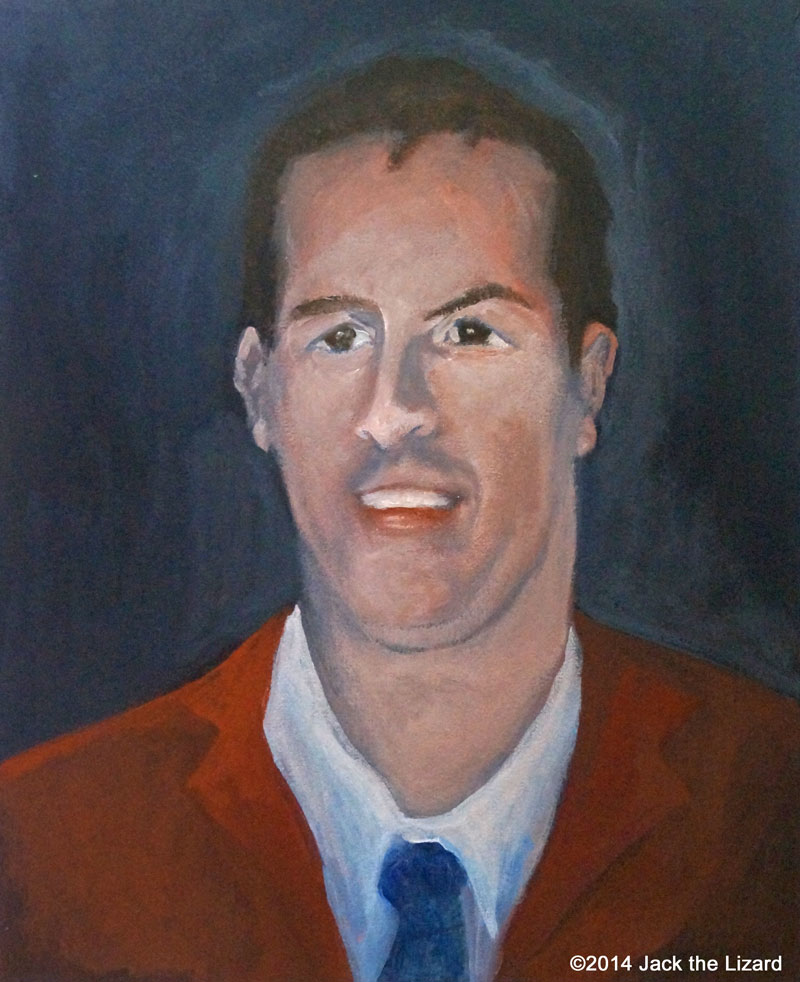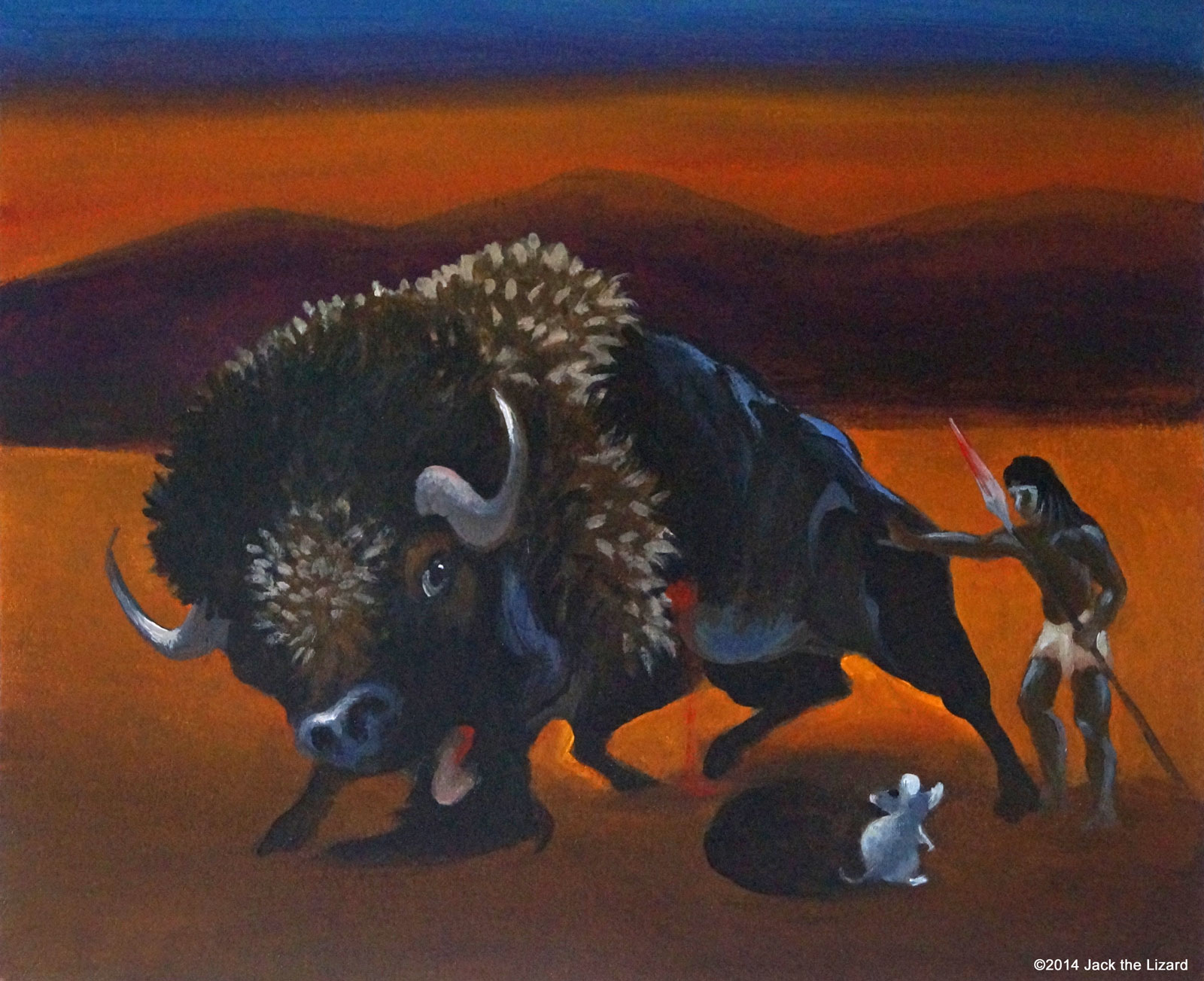
|
|
|
The book is available for download on your iPhone, iPad, iPod touch, any other e-book readers and on your computer. |
|

$0.99 |
from iBookstore and BARNS & NOBLE
Alexis is an Ocean Detective Agent. One day, Jake, a fisherman, visited her with a fine tuna with several circular shallow holes. Alexis starts her investigation to find out what has happened to the tuna. She asks her friend Hector the dolphin. Surprisingly, Hector says that he has the same experience that something has made a nasty bite and left a hole on his body just like the one on the tuna. It seems the mysterious creature is hiding somewhere close in the sea. What kind of creature is responsible for those nasty bites? Alexis goes to the ocean to find out. What will she encounter and can she solve this mystery? |
|
|
|
Jack the Lizard is on YouTube |
|
Dr. Joseph A.P. Wilson, historical anthropologist and a lecturer in the Division of Humanities and Social Sciences at the University of New Haven, tells us about the similarity between the Daikokuten Story and Athapaskan folklore. Athapaskan is a group of Native North Americans who speak related languages and live in Alaska, western Canada, California and the Southwest USA. According to Dr. Wilson, many Athapaskan cultures have the story in which a hero named “Slayer of Monsters” or “Slayer of Enemies” kills a monstrous bull or elk with the help of a mouse. The basic story line is that a mouse digs a tunnel in which the hero can hide and hero gets the bull’s sinews to make an arrow. This certainly resembles to the Daikokuten story. The Athapaskan story also includes a powerful adversary (his father-in-law) whom the hero is up against. He also explains that some Athapaskans migrated from the north to the south around 500 to 1000 years ago, and now they are called Navajo and Apache. Then they brought the story with them to the south. Other Native Americans besides Athapaskans also have a similar story, but they were probably learned from Athapaskans. “Much Athapaskan folklore is parallel to central Asian folklore. Mahakala in Tibet is sometimes referred to as Destroyer of Enemies. Interestingly, in Japan, Mahakala changed his name to Daikokuten.” said Dr. Wilson. |

Dr. Joseph A.P. Wilson
|
What the Story Tell Us
|
There are several kinds of hero stories told by Athapaskan, Algonquian, and Eskimo native peoples residing in the extreme northern part of North America. They share the common belief on the relation between animals and humans in those stories. The belief tells that if humans respected the animals and kept taboos and ritual protocols in the natural order, in return various animals allow themselves to be hunted for food. So success in hunting depends on the mutual respect between the animals and the people. Dr. Wilson also describes that many of their cultures believe in human-animal rebirth. For instance a moose would allow itself to be hunted, knowing that it will be reborn as a human in the next life, and it may present itself to the hunter who is a relative such as grandson through rebirth. Above all this process depends on whether the mutual respect would be promised or not. |
When the Story was Born
|
All the Athapaskan languages are closely related to each other, and the stories refer to their ancient origins, in a time when the difference between humans and animals is ambiguous. Humans and animals were once able to communicate, according to this belief. |

The Monster can be a Giant Elk or a Bull, depending on where the story was told.
|
Anthropologist not to be forgottenDr. Wilson mentioned a researcher who has us left an important discourse on Athapaskan folklore. Dr. Tamie Tsuchiyama was the first anthropologist who studied Athapaskan folklore broadly and systematically. Not only did her research contribute to Athapaskan cross-cultural study, but also she is a historically significant person as the first Japanese American to be awarded a PhD in Anthropology, despite the difficulty that she was detained in a American concentration camp during WW2. Although she received her PhD from a premier institution, University of California Berkley, Dr. Tsuchiyama was not subsequently employed in any university in her capacity as a scholar. Even though the war was over there was still anti-Japanese prejudice in U.S. She was well qualified to be hired in a first rank institution, but she faced employment discrimination and was never accepted as a researcher. During her lifetime she was not mentioned as first class researcher in her field. However her academic achievement is manifest to everybody now. |